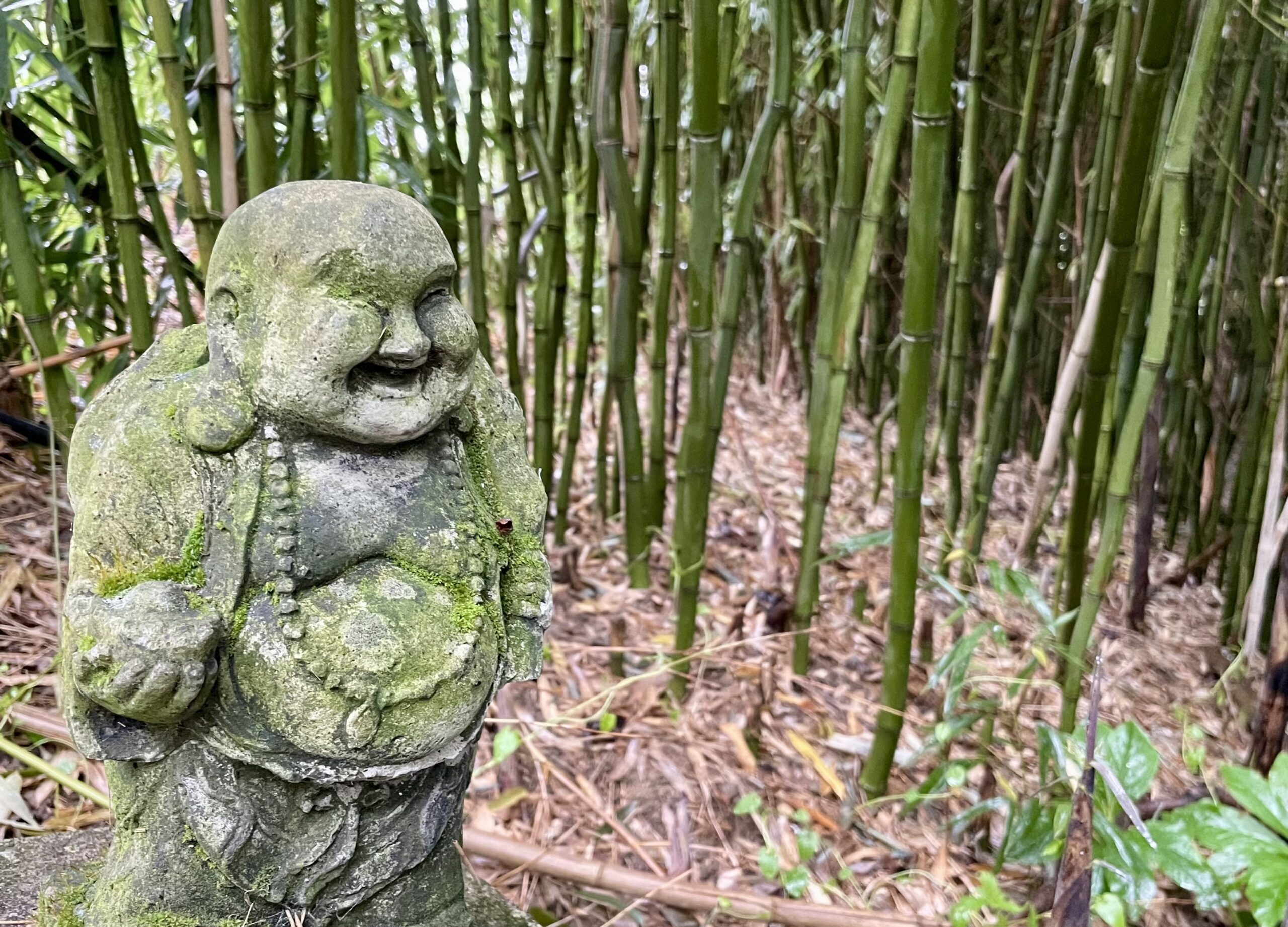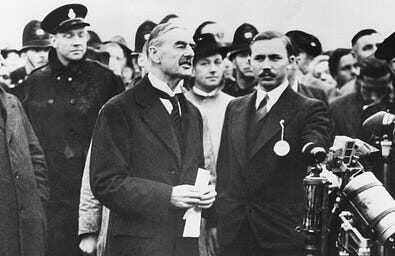Laughter in the face of oppression
There is a remarkable episode about Baldur von Schirach (“Reich Youth Leader” and Gauleiter of Vienna in the Third Reich), or rather about the admirable workers of a factory in Vienna in 1941: When Schirach wanted to give a speech to the workers – where they were, of course, required to attend – they resisted by simply exaggerating the enthusiasm they were forced to display: So much so, that they sang the movement’s songs for two hours without a break and burst into shouts of “Sieg Heil”, whenever Schirach wanted to speak. So that after waiting two hours on the speaker’s podium, the Gauleiter finally went home without having said a single word. … that´s what Erich Kästner noted in “The blue book”, his diary from the Nazi era, which we discussed here in another episode.
Today, there is a rise in authoritarian movements and governments all over the world: Of the eight billion people currently on this planet, less than half live in a democracy. All autocracies shut down human rights. So people need ways to deal with it.
Laughter can be a form of strength and resistance. “Laughtivism” is the creative use of humor and ridicule to overcome fear and apathy in the face of oppression. When we caricature something, grievances become more apparent. Nonviolent forms of protest can be more effective (and safer) than violent ones. Using humor in political struggles instead of pure anger makes it easier to reach an audience and fellow campaigners.
The Power of „Laughtivism“
Narcissistic and power-hungry people lack humour and lightness – that’s why they hate it. This is also demonstrated by the following creative protest from Wunsiedel: It is a beautiful small town in Bavaria. Among others, Jean Paul, the writer, was born there. But in Wunsiedel also Rudolf Hess, Hitler’s deputy, was once buried. So, since 1987, neo-Nazis have organised an annual “Rudolf Hess memorial march” to his grave. Much to the despair of the local residents.
In some years, 4,500 neo-Nazis marched through there – in a town with around 9,000 inhabitants.
But in November 2014, the citizens’ initiative “Wunsiedel is Colorful” transformed the annual Nazi memorial march into “Germany’s most involuntary charity run”, which made headlines around the world: For every meter the neo-Nazis walked, residents donated to an organisation against right-wing extremism.
The neo-Nazis found themselves in a hopeless situation: They wanted to continue their march, but for every meter they walked, 10 euros went to the EXIT Germany program. At the finish line, participants were given “victory certificates”, offering them help in leaving the right-wing scene. With this anti-fascist prank, the neo-Nazis inadvertently raised 10,000 euros.
Demonstrators and residents cheered the marchers. To make the march more like a sporting event, activists hung humorous posters with slogans like “If the Führer knew that!” and “My munch” (“Mein Mampf” instead of “Mein Kampf”) next to a table laden with bananas. There was even a banner at the finish line thanking the marchers for their “donations.”
Ten years later, the brown spook in Wunsiedel is over. 2023 and also 2024, they stayed away. Thanks to the creative resistance of the people.
Humor is most human … The attempt to develop a sense of humor and to see things in a humorous light is some kind of a trick learned while mastering the art of living.” — Viktor Frankl
Creative Resistance
But how do we get such creative ideas? Iain McGilchrist (see also our article about his work) talks a lot about creativity. In his book, The Matter With Things, Iain McGilchrist writes: “We can’t make creativity happen, but we can certainly do our best to not stand in its way. Furthering creativity is mainly about not doing, rather than doing. And in particular not doing any of the things that look obvious: trying hard, trying hard not to try, trying a systematic approach, trying a random approach, and so on. In fact trying anything at all. The creative process is inevitably governed by uncertainty, without which neither self-realisation nor creative innovation is possible.”
Not-knowing, letting go of control, and not wanting to force anything is, of course, much more difficult in the face of fear and oppression. But it’s also all the more effective when it succeeds – as these examples have shown.
In many situations, the effort to reduce errors may potentially interfere with the acquisition of insight. It limits time and resources by focusing on precision rather than reflection. The effort to avoid making mistakes – excessive documentation, calculating uncertainties, weighing probabilities – can get in the way of apprehending new possibilities.
Iain McGilchrist: “It can’t be made to happen. Over-control is the enemy here as elsewhere. The more we leave things to fortune, the more likely we are to make a fortunate find. Though reason may be helpful at some stage, it can’t permit creativity any more than it can generate it. Its best tactic is to back off for now.” So, both hemispheres of the brain are important, but the focused, controlling left hemisphere is less needed, while the broader view of the right hemisphere is more helpful: it sees the “Gestalt” and invites new neural connections.
Connection, or: When Jacques met Igor
When groups of people work together, the process can become one of shared creativity and ingenuity, as in our next example, the Yes Men: Jacques Servin and Igor Vamos, aka Andy Bichlbaum and Mike Bonanno (and many other pseudonyms), are both sons of Holocaust survivors. Both were exposed to the world’s injustices at a young age and lateron found creative ways to deal with it.
1996, Jacques worked as a programmer and designed the computer game “SimCopter,” a typical game with a stereotypical male image. In the final level of the game, Jacques secretly included the reward of half-naked bodybuilders kissing each other. The game had long since been released when the subversive action was discovered; Jacques was fired. A few months later, friends introduced him to a man who had installed the voice chips for Barbie and G.I. Joe dolls for Mattel – and secretly swapped them. So at Christmas, the children had G.I. Joe dolls that moaned, “Math is so complicated!” And Barbie said in an aggressive tone “Revenge will be mine.”
The Mattel man was Igor Vamos. And ever since – since 2001 – they’ve worked together as the Yes Men.
December 2004 marked the 20th anniversary of the Bhopal disaster, in which thousands lost their lives and the survivors often suffered severe after-effects. On that anniversary, the BBC reported that Dow Chemical would fulfill its duty and compensate the families of the more than 3,000 dead and 120,000 injured in Bhopal. A Dow Chemicals spokesperson told BBC World News:
“I am delighted to announce today that Dow Chemicals accepts full responsibility for the Bhopal disaster. We have put in place a $12 billion compensation plan that will ensure proper care for all victims, and we will finally restore the Bhopal chemical plant.”
Shortly thereafter, the BBC denied its report – the speaker in the BBC live interview was actually Igor Vamos. Meanwhile, Dow Chemical’s market value fell by around two billion dollars.
The Yes-Man have played so many pranks that we can’t count them all. They have and continue to do incredible work. And often they will not know the outcome of their actions.
Humor is a way to find some inner distance from otherwise too heavy situations. Humor makes you feel lighter and less identified with the problems: otherwise we tend to defend against them, or avoid them altogether. Creative intuition frequently begins with not knowing (also see our article: The Art of Not-Knowing), with the recognition that the obvious and familiar does not apply anymore, that something here does not fit. This creates space for something new.
Panties for Peace
Laughtivism derives its power from its ability to melt fear – the means of pressure of dictators – to boost group morale, and sting authoritarian leaders who, due to their pronounced narcissism, are sensitive to ridicule. Creative nonviolent resistance and humorous political stunts help the public laugh at abusive authority. Laughing inverts a power dynamic and reduces fear. Suddenly it is the ones laughing who have the power because they can see and expose the flaws in the system. Once that happens, the movement will gain steam.
Laughtivism worked even against a repressive military junta, as the following example demonstrates. The Burmese military met hundreds of thousands of protesters with live ammunition and tanks and did not hesitate to slaughter hundreds during the 2007 Saffron Revolution. Yet just a year later, the regime was blindsided and internationally humiliated by women’s underwear. The “Panties for Peace” campaign exploited the weaknesses of its opponents by using the superstition among many members of the military junta that women’s underwear would wrest power from the military regime by cursing its soldiers. While the idea that soldiers are afraid of underwear may seem absurd, the campaign was effective. Activists decided to exploit this weakness. For over ten months, women in Burma and around the world sent their panties to local Burmese embassies and military personnel in an effort to overthrow the regime and end its gross human rights violations, especially against Burmese women. Burma’s ruling generals didn’t know how to respond to the creative provocation of these “laughivists.” So they didn’t respond at all. Burmese women became more confident, and other human rights groups were motivated to intensify their campaign and replicate it at home and internationally.
“Panties for Peace was especially strategic in that the women acting and their allies were not required to attend a single gathering or protest. In a country where mobility was often being restricted and movements of the public heavily observed, this campaign was perhaps even more effective as women could participate regardless of their mobility or ability to leave the home. Women could participate from anywhere and did not experience any greater danger to their safety than would be found in their everyday existence in Burma.” Quote from the Global Nonviolent Database
Shifting the Narrative
Authoritarian leaders tend to portray themselves as righteous and just. Dilemma actions highlight hypocrisy and make it very easy to expose the contradictions and absurdity of authoritarian power. By using humor and symbolic acts, opposition movements make resistance more accessible and appealing to a broader audience. Trained to confront aggression, police often struggle with how to respond to playful or patriotic protests. They risk losing credibility when they attack protesters who are engaged in non-threatening acts. And: Creative tactics are very media-friendly. The international media find it hard to resist a clever display of tactical action. Such stories often spread rapidly and then work to increase global support for the movement.
Boycott started, when Boycott left
In the 1880s, there lived a farm manager in Ireland who was considered particularly cruel and exploitative. Angry farmers who couldn’t pay their rent after a poor harvest wanted to fight back. They managed to persuade his employees to resign. So he suddenly had a problem. He couldn’t get anything in the shops anymore. The postman stopped delivering mail. His laundry remained unwashed.
No one wanted to work for him anymore. No one would buy or sell anything from him. When English newspapers reported on this, his name became common knowledge: It was Charles Cunningham Boycott. Boycott couldn’t even find a coachman to take him to the port when he left the country – and his name still stands for this form of social ostracism.
Shared determination
Also in today’s United States, people are uniting to make a difference when ICE agents arrive to deport migrants. In many cities, people following the Trump administration’s crackdown on immigration are using social media to share updates about possible sightings of ICE agents, checkpoints, and raids.
People are arriving, disrupting the deportation, demanding papers from the agents –and they are filming the actions and make them public.
This is aimed at undermining immigration officials’ attempts to detain undocumented migrants while informing those affected of their rights should they encounter police officers.
Meanwhile, people elsewhere in the country are using TikTok to alert their community to ICE sightings. In some videos, TikTokers use code words like “cute winter boots” or “ice cream truck” to circumvent censorship and increase their reach.
Even more important than creativity is certainly the shared determination to stand up for human rights and humanity nonviolently.
We look forward to more examples of creative resistance and laughtivism in the comment section of our YouTube episode!





